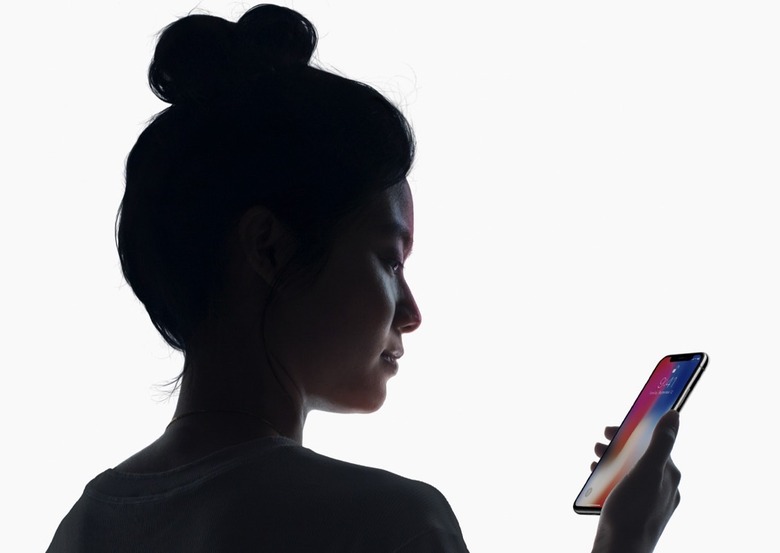Apple Assures Us That Face ID On The iPhone X Is As Reliable And Secure As Touch ID
Since making its debut on the iPhone 5s a few years ago, Touch ID quickly became an indispensable and reliable part of the iPhone user experience. That being the case, it's only natural that some people are viewing the iPhone X's new Face ID feature with a healthy bit of skepticism. At best, some anticipate that Face ID will be as good as Touch ID. At worst, some skeptics believe that Face ID represents a marked step down in usability and reliability. What's more, the introduction of Face ID last week prompted Senator Al Franken of Minnesotta to fire off a letter to Tim Cook asking him to address a number of questions regarding Face ID security, the testing Apple conducted when developing the technology, and more.
In the wake of Apple's iPhone X event, Apple executive Craig Federighi has been making the rounds extolling the virtues of Face ID while addressing both privacy and usability concerns surrounding the technology. During an interview with John Gruber, for example, Federighi boasted that the feature feels "pretty miraculous" when you use it for the first time.
Over the weekend, Federighi also sat down for an informative phone interview with Matthew Panzarino of TechCrunch where he addressed a few lingering privacy and security concerns people have raised. Even though many, if not all, of the security-oriented questions involving Touch ID were arguably asked and answered when Touch ID was introduced, the introduction of a new technology typically attracts an avalanche of scrutiny.
That said, Federighi unequivocally stated that all of the face print data used by Face ID will never leave the iPhone X.
"We do not gather customer data when you enroll in Face ID," Federighi explained. "It stays on your device, we do not send it to the cloud for training data."
And similar to how Apple implemented Touch ID, data regarding a user's face is encrypted and stored securely inside of the Secure Enclave. What's more, the entirety of the Face ID authentication process happens exclusively on the device. It's also worth noting that the iPhone X's ability to discern subtle changes in a user's outward appearance — whether it be a new beard or glasses — and make adjustments accordingly also happens right on the device.
"None of that training or re-training is done in Apple's cloud," Panzarino relays. "And Apple has stated that it will not give access to that data to anyone, for any price."
On another note, you might recall that Senator Al Franken's letter to Tim Cook expressed concern that Face ID may not have been tested on broad groups of people across different races, genders and ethnicities.
Federighi addressed this concern as well.
"Phil mentioned that we'd gathered a billion images and that we'd done data gathering around the globe to make sure that we had broad geographic and ethnic data sets," Federighi explained. "Both for testing and validation for great recognition rates."
Incidentally, Apple also issued the following statement in response to Franken's inquiry.
Our teams have been developing the technologies behind Face ID for several years, and our users' privacy has been a priority since the very beginning.
Face ID provides intuitive and secure authentication enabled by the TrueDepth camera system and the A11 Bionic chip, which uses advanced technologies to accurately map and match the geometry of a user's face. Face ID data never leaves the device, is encrypted and protected by the Secure Enclave.
We've tested Face ID on people from many countries, cultures, races and ethnicities, using over one billion images to train our neural networks and defend against spoofing.
We're confident that our customers will love using the feature and find it an easy and natural way to unlock their iPhone X. We will offer more details on Face ID as we near the product's availability.
It will be a while before the iPhone X actually hits store shelves, but from rumblings we've heard so far, Face ID is said to be incredibly seamless.
